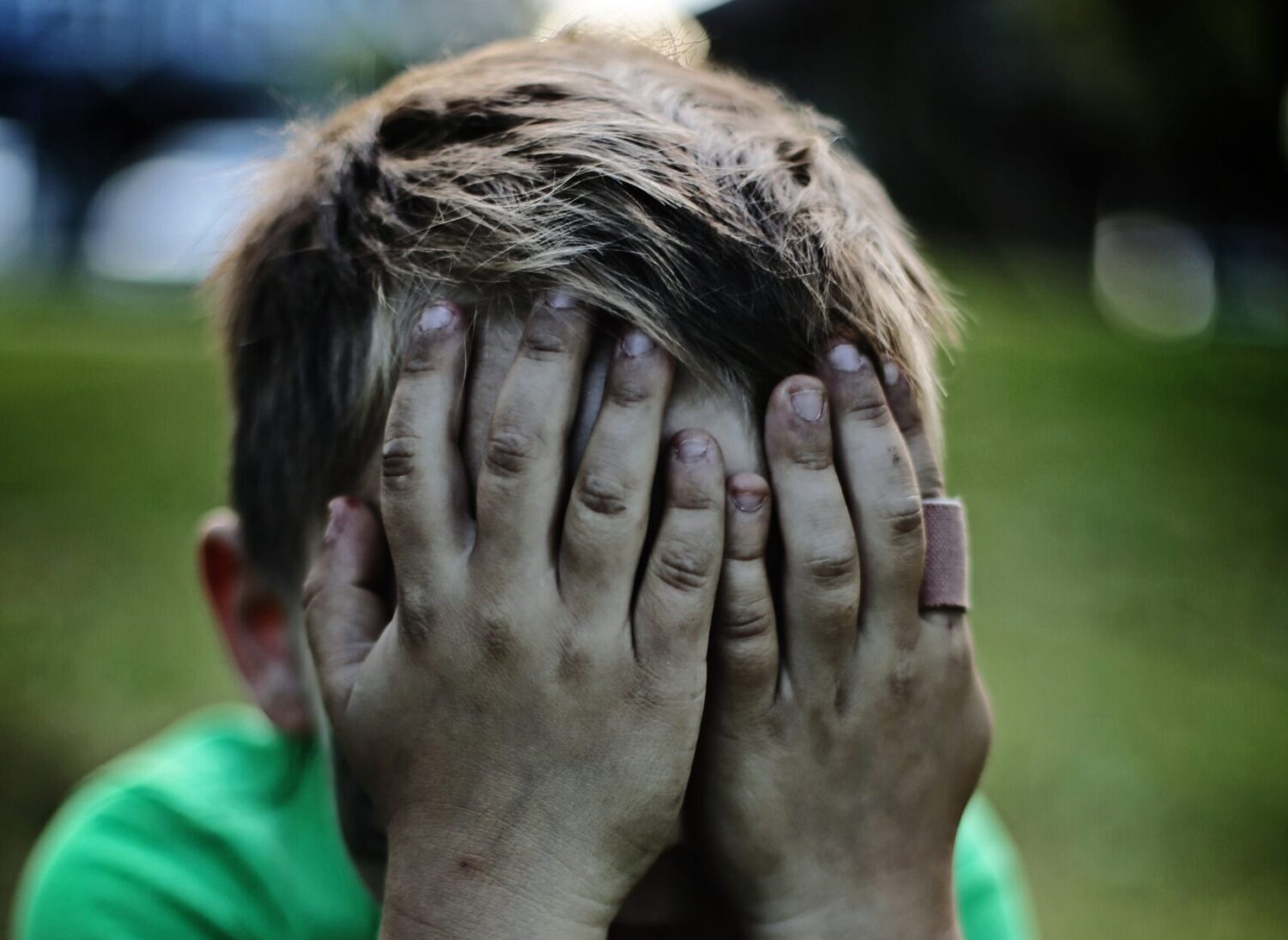How to Help a Visually Impaired Child?
Having a visually impaired child can seem daunting for parents. First and foremost, remember that your child is still a child. They need love, support, and opportunities to learn and grow just like any other kid.
We understand this is your first time dealing with a visually impaired child. Don’t worry, our guide will help you with the best information that you can use to give a better life and more confidence to your child. So are you ready?
What is Visual Impairment?
Visual impairment refers to any kind of vision loss that can’t be fully corrected with glasses, contacts or surgery. It results in difficulty or inability to perform daily tasks requiring eyesight. Visual impairment can occur at any stage of life, from birth defects to age-related vision loss later in life.
Types of Visual Impairment
Low Vision
This means someone has significant visual impairment but still has some usable vision. They may be able to use magnifiers, large print, brighter lighting etc. to aid their limited sight.
Legally Blind
This is a severe level of low vision with visual acuity 20/200 or less. This means they have to stand just 20 feet from an object to see it as well as someone with perfect vision can from 200 feet away. Without aids, legally blind individuals rely heavily on touch and sound.

Totally Blind
Complete inability to see anything – no light perception at all. People who are totally blind depend the most on non-visual skills like enhanced hearing, smell and touch to understand their environment. They are able to orient themselves effectively if the space is organized clearly for them.
Color Blindness
Inability to distinguish between certain colors, usually red & green hues. The world appears in muted or confusing colors. Certain tools can help identify colors while increased color-consciousness in graphic design is empowering those with color blindness.
Do and Don’ts While Interacting With Children Who Are Visually Impaired
| Do’s | Don’ts |
|---|---|
| Introduce yourself and speak directly to the child | Avoid talking through a parent or aide |
| Use the child’s name frequently so they know you’re addressing them | Touch a visually impaired child without warning |
| Provide verbal descriptions of activities, surroundings etc. | Assume they can’t participate in certain games or activities |
| Read picture books aloud and describe the visuals | Hesitate to explain visual concepts they can’t see |
| Face the child, make eye contact and keep good posture | Leave objects lying around that they may trip over |
| Guide them gently – offer your elbow for them to lightly hold | Treat them as if they have other cognitive or social impairments |
| Be patient with response time and speech pace | Overhelp by completing tasks for them they could do themselves |
| Invite and include the child in social activities | Isolate the child or exclude them because of their impairment |
| Praise the child’s accomplishments and independence | Make the child feel like a burden or hindrance |
The key things to keep in mind are including the visually impaired child socially, promoting their self-confidence, efficiently explaining visual information, and allowing age-appropriate independence. With some awareness and empathy, it is easy to make these children feel welcomed, accepted and empowered!
FAQ’s
What are some useful vision impaired products?
There are many helpful products for those with vision impairment like magnifiers, audio books, braille devices, large display screens, high contrast markers, and more. These products aim to either magnify and enhance residual vision or convert information into audio, tactile or text formats. Talk to a low vision specialist about personalized device recommendations.
What are some devices that help the blind?
Useful devices for blind individuals include:
- Screen readers that speak text aloud
- Braille displays that convert text to braille characters
- Text scanners with integrated text-to-speech
- Accessible smartphones and tablets
- White canes for navigation
- Tactile watches and more.
What is evening blindness?
Evening blindness refers to a condition where vision deteriorates in low lighting. As twilight sets in, people with evening blindness struggle to see things clearly. Active vision depends on cone cells in our eyes, but when light turns dim, cones stop functioning well.
People with certain eye conditions like retinitis pigmentosa tend to suffer from debilitating evening blindness. Using assistive low vision devices, increasing illumination, and adding high contrast markings on steps/curbs can help offset evening blindness challenges.
Sources:
9 Signs your Child Might Be Visually Impaired
https://www.healthline.com/health/blindness
Educator Strategies for Blind and low vision
https://kidshealth.org/en/teens/visual-impairment.htm





